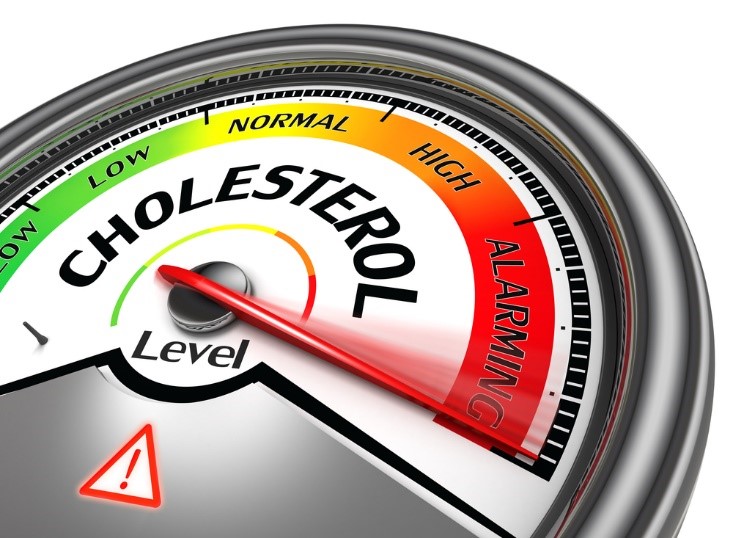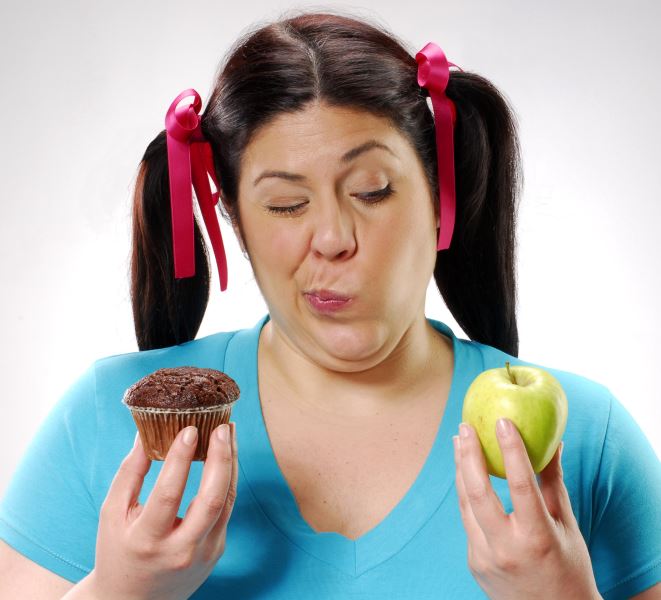Tips To Reduce

C-reactive is a special component produced by the liver in response to the presence of inflammation in the body. A high level of this substance also indicates the existence of an infection, inflammation of the heart arteries, or certain types of cancers. While there are specific tests to map C-reactive protein levels in the body, hs-CRP is a highly specific test in nature and hence, nowadays, it’s one of the main tests ordered by physicians for checking C-reactive proteins.
Before we go further, let us understand the basic difference between acute and chronic inflammation.
Acute inflammation
Acute inflammation is usually stated as a healthy body response, which aims to protect and repair the body against external and internal damages, be it an infection, a cut or even a muscle strain. Evidence of the onset of acute inflammation is visible in the form of scabbing, pus, swelling and redness.
Chronic inflammation
Chronic inflammation or long-term inflammation typically lasts for several months and even years. It’s a result of the body’s autoimmune response to a self-antigen, i.e. the immune system attacks healthy issues of the body mistaking them as harmful pathogens. The condition causes many diseases as well. These include chronic peptic ulcer, high fever, chronic sinusitis, atherosclerosis, etc.
CRP and Hs-CRP
Discovered in the year of 1930 by Thomas Francis and William Tillett, C-reactive protein (CRP) is a biomarker of inflammation. It is known to cause a number of diseases and conditions like vasculitis, arthritis, heart disease, cancer, and lupus. CRP is measured through a blood test. If the CRP levels are lesser than 1.0mg per litre of blood, the risk of inflammation is low. On the other hand, if the levels fall between 1 and 3 mg per litre of blood, the risk is average. If in case this level exceeds 3 mg per litre of blood, the risk is quite high.
Although the difference lies in the “hs” abbreviation, which means “high sensitivity”, hs-CRP is used to measure chronic inflammation. It’s a highly useful test that aids in checking an individual’s risk of suffering a heart attack, stroke and a peripheral vascular disease. Many physicians recommend that a person must get his/her C-reactive protein levels checked ones in every six months to rest assured or seek medical assistance to curb the problem.
How is it measured?
hs-CRP is measured using a sample of blood drawn from one of the veins of the body. The sample collection process is simple and minimally invasive in nature. The test results of hs-CRP indicate that a range that falls below 1.0mg per litre of blood means that the patient is at a lower risk of developing a cardiovascular disease. Anything that falls between 1.0 and 3.0mg per litre of blood may point out average risk. A range higher than 3.0mg per litre of blood depicts high risk against a chronic inflammatory condition and cardiovascular ailments. Lastly, a value that goes beyond 10 mg/mL indicates conditions such as bone infection, autoimmune arthritis flair-up, cancer, lupus, tuberculosis, etc.
Please note, these values are highly speculative in nature. The reason being, different laboratories make use of different measuring techniques.
What are the main causes of a high level of C-reactive proteins in the bloodstream?
Hs-CRP can signal many diseases and conditions such as infections, cancers, cardiovascular diseases, strokes, peripheral arterial diseases, etc. High levels may also be due to genetics, exposure to environmental toxins, intake of birth control pills, and pregnancy.
What are the treatments and natural ways to lower hs- CRP?
hs-CRP is found in the blood. To reduce the risk of developing cardiovascular diseases, inflammatory conditions and related cancers, mentioned below are some natural ways to lower hs-CRP levels.
Exercise
Regular exercise aids in reducing the chances of heart diseases. Brisk walking, jogging, playing an outdoor sport, lifting weights, taking up yoga, and swimming for about 20 to 30 minutes can not only bring about a change in your c-reactive protein levels but also aid in staying fit, healthy, and in a good shape.
Get enough sleep
Many studies and pieces of research confirm that sleeping for about 7-9 hours a day reduced the chances of suffering from strokes, heart attacks, hypertension, and many other related conditions. Sleep allows the body to rejuvenate itself and be prepared for the following day’s tasks. At the same time, sleeping less than 5 hours or more than 10 hours at a stretch is harmful for the body and can cause the onset of another set of lifestyle problems.
Say no to smoking
Smoking is injurious to health. It not only poses grave effects on the lungs, but also on the arteries of the heart as well as organs adjoining the lungs. Active smokers must quit smoking and passive smokers must stay away from smoking environs.
Take vitamins
Vitamins are highly essential for the proper functioning of the human system. Vitamin C and D, essentially, aid in lowering the risk of developing cardiovascular diseases. In addition to this, they also help in lowering cholesterol level and improve blood circulation throughout the body as well. Having a vitamin rich diet is a good way to keep C-reactive levels in control.
Change your diet
Eating plenty of fruits and vegetables are a great way to stay fit and healthy. Cutting down on sugar, Trans fat, saturated fats and processed food help in reducing the chances of CRP levels spiking. Choose low-fat dairy products and fibre-rich whole grains that reduce the risk of heart diseases and strokes.
Take omega-7
Omega-7 has unique health benefits. It helps in lowering CRP levels through a monounsaturated oil found full-fat dairy products. The presence of these monounsaturated fats in Omega 7 support cholesterol levels and reduce the risk of coronary heart disease.
An hs C-reactive test is a great way to assess one’s condition – check his/her exposure to the risk of developing heart diseases, experience inflammation or even suffer from cancer. Adhering to the above mentioned tips and home remedies is a great way to keep the levels in control.













